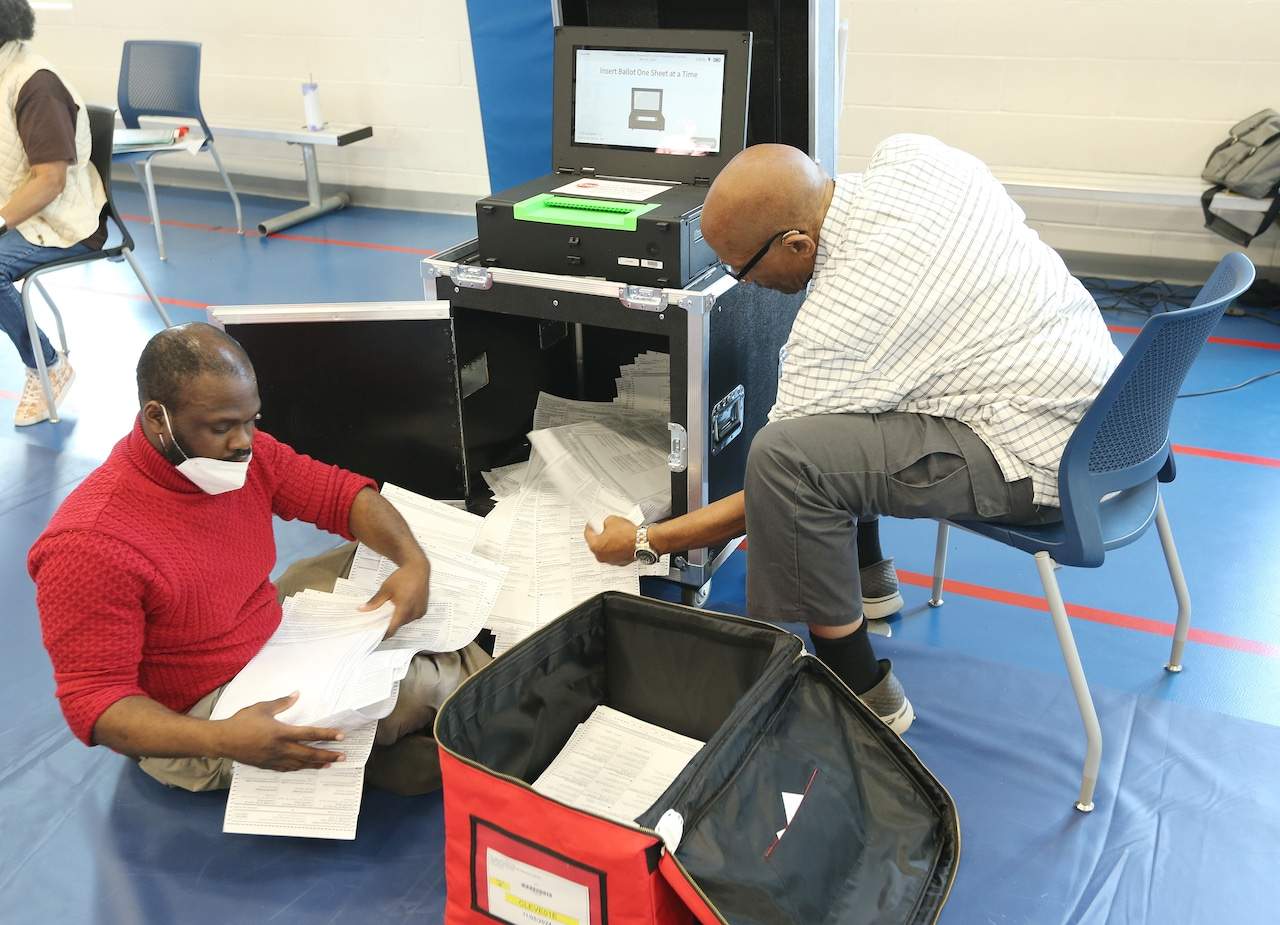
Cleveland, an overwhelmingly Democratic city, showed a low voter turnout rate during the 2024 presidential elections. This was significantly lower than both state and national averages, highlighting a growing trend of political disconnection far more complex than mere figures.
A variety of factors involving poverty and evolving communication barriers make the idea of voting less relevant for city residents. Consequently, city-wide and party participation diminishes, affecting Democratic candidates looking to secure their seats against growing Republican strength.
The current reported turnout rate in Cleveland is 46 percent among registered voters, considerably below that of Cuyahoga County’s 63 percent. This low turnout rate is not an isolated phenomenon; similarly declining cities often exhibit lower voter participation.
Factors driving these low turnout rates include high poverty levels, an educated populace’s lack, greater presence of youngsters and racial minorities. This year’s turnout rate falls even below other cities in Ohio like Cincinnati and Columbus that registered 57 percent and 60 percent voter turnout respectively.
Trends also indicate that Cleveland’s East Side, a predominantly Black, high-poverty area, saw a turnout rate of 42 percent. Comparatively, the West Side, whiter and wealthier, registered around 52 percent. The declining voter participation is associated with daunting economic conditions and new communication trends. Traditional strategies like mailers, ads in print media, and door-to-door canvassing no longer hold the same effectiveness, thus affecting voter turnout.
Nurturing clear, relevant messaging that highlights Democratic policies’ benefits on voters’ economic needs is seen as one solution. However, Cuyahoga County Democratic Party is still experimenting with mass texting campaigns, digital ads and robocalls to boost voter turnout. They are also combating insufficient booths, transiency of the voting population, and restricted canvassing in public housing.
Finally, improving voters’ understanding on governmental impact on them and refining hyper-local voter outreach strategies are taken into consideration to address this issue.






